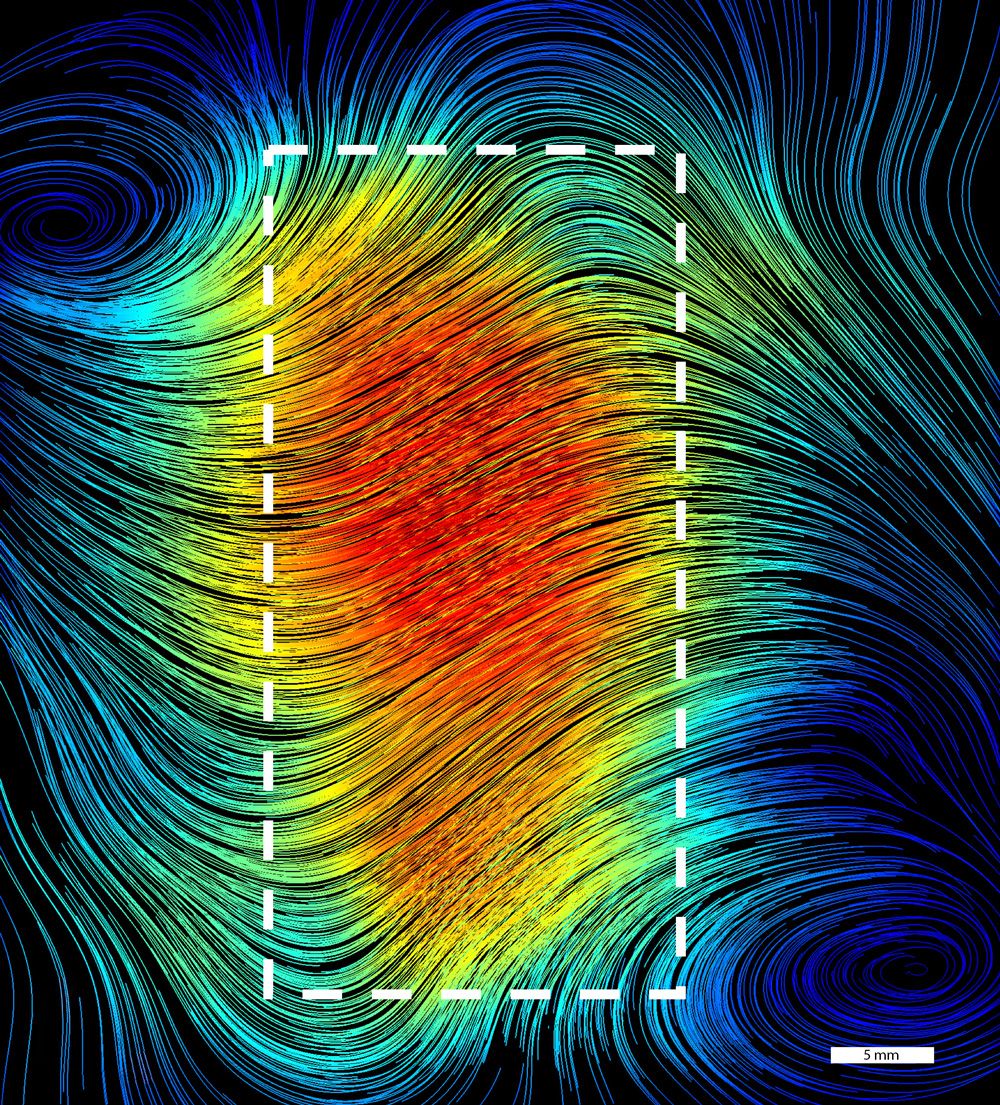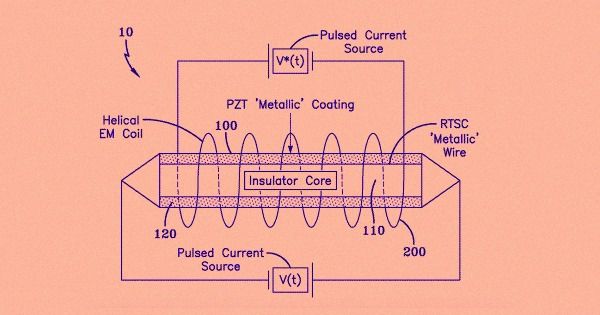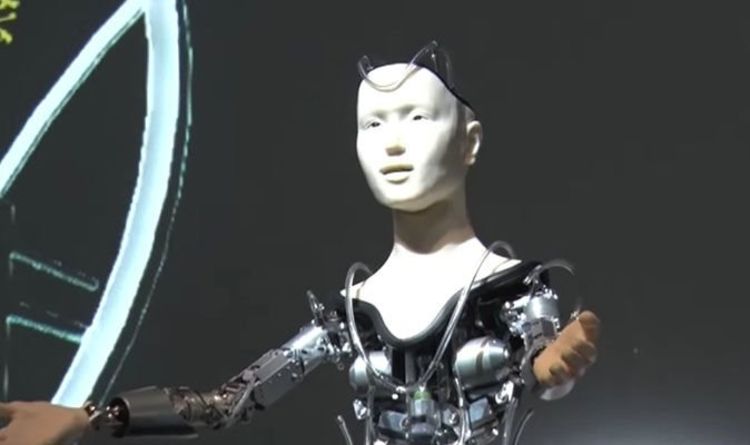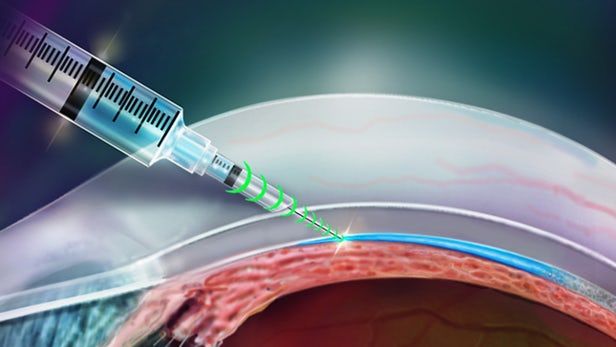Using neutrons, materials scientists develop a method that goes below the surface.



When the housing startup Arkup revealed its plan to build a floating, hurricane-proof yacht in 2017, South Florida had just witnessed the devastating effects of Hurricane Irma, a Category 4 storm that destroyed hundreds of residences.
The company’s models were designed to weather a storm of that magnitude, but it would be another two years before they became a reality.


Researchers have been on the hunt for a superconductor that would work at around room temperature, which they consider to be 25 degrees Celsius (77 degrees Fahrenheit) — and according to the patent application, Navy researcher Salvatore Cezar Pais thinks he’s figured it out.
Pais’ application describes a wire consisting of a metal coating over an insulator core. An electromagnetic coil surrounds the wire, and when activated by a pulsed current, this coil causes a vibration that allows the wire to act as a superconductor at room temperature, according to the application.
AMAZON chief Jeff Bezos dreams of creating a new space race of humans across our solar system – with a population of one trillion.
The billionaire tech mogul revealed the lofty goal during a speech about Blue Origin, his groundbreaking space transport company.
According to Bezos, who has a net worth of £103billion, increasing the population dramatically across space could give us countless creative geniuses.



The researchers have examined blood samples from 702 pregnant Danish women who were registered in the database “Aarhus Children’s Biobank”. Such thorough studies of the concentration of perfluorinated substances and their biological effect in pregnant woman have not been done previously, but the study is nevertheless in line with previous research in the area. The substances have furthermore been associated with a range of issues including breast cancer, fertility problems, ADHD, the risk of asthma, a weakened immune system and the reduced effect of vaccines.
For the first time, researchers have shown that a combination of perfluorinated substances in the mother significantly inhibits child growth. These are the substances which Denmark’s minister for environment and food is currently working to ban.

On Monday, April 8th, we will be hosting our second research webinar, during which we will be discussing the microbiome and its role in aging and disease.
Our second research webinar
Our work is largely supported by the generosity of our monthly patrons, the Lifespan Heroes, so to thank them we have launched a new series of exclusive webinars where Heroes can join the researchers live, listen to discussion panels, and take part in Q&A sessions.
